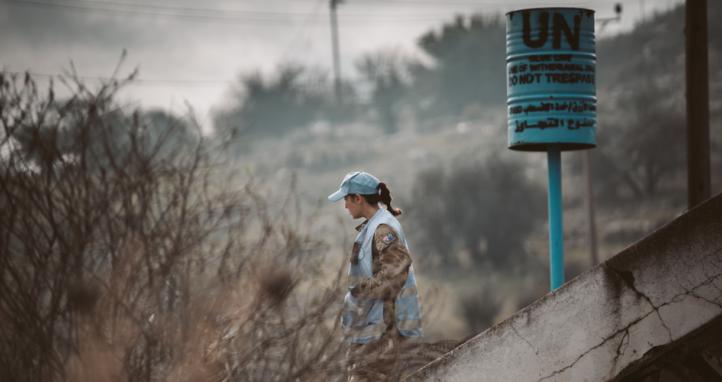The Regimental Sergeant Major (RSM) at divisional, brigade and battle group level has a number of functions and tasks. What is the function that best describes the RSM during planning? Is the role defined, and do RSMs know of this role? The Manual of Army Employment Specifications states that, 'the RSM is to assist the Commander achieve tactical action and meet operational objectives, assist the Commander plan tactical and control actions, advise the Commander (with their extensive knowledge and experience of all corps war-fighting activities and trade specific knowledge) to assist with the planning and administration and supplement the Commander’s planning process, and contribute to staff planning at formation level'.
If you have been a Principal Staff Officer (PSO) in a headquarters, formation or unit, you may be able to reflect on the interaction, input and participation of the RSM and whether these experiences have been positive or not. It would seem there is very little reference material which may guide or direct RSMs to educate themselves on exactly what may be expected of them or how they may best ‘fit’ into the planning cycle – the learning tends to be by osmosis.
With this in mind, the RSM is in a unique position of seeing the whole picture from the position next to their commander, and the flexibility to be involved in the plan progressing as little or as much as they are comfortable with. Their personal knowledge level and experience of the Military Appreciation Process (MAP) will almost always govern whether the RSM is a standoff or an interactive type. With the luxury of not being decisively engaged in planning as a PSO, the RSM can be a very effective mechanism who assists the plan aligning with the Commander’s intent. This can be achieved by way of developing ‘touch points’ with the lead planner and PSOs at formation and unit level.
Planning staff, including specialists and attachments, will generally become heavily invested in the plan and can often get fixated with their part. Whilst the lead planner will develop a planning synchronisation to inform how the plan is progressing, the RSM is able to informally engage with the PSOs along the journey and appreciate the plan’s evolution. As the RSM is not intimately involved in developing the plan, they can see things from the outside perspective and contribute with clarity of vision. During these ‘touch points’ it can become evident whether the Commander’s intent is being achieved and if the progression of the plan has been maximised across the headquarters. A positive relationship between RSM, the lead planner and the PSOs is critical in achieving open and frank dialogue for these conversations to be effective, as the RSM can maintain a broader view/perspective and is not emotionally invested in any course of action or plan.
The RSM should not be consumed with planning and will remain required to be concurrently empowering the Commander’s will at the points of friction (Brigade rendezvous/staging points for example) or could be overseeing the formation or unit refit-to-fight. Targeted guidance by the RSM during the planning process, not just at formal MAP briefing times and drawing on their vast experience, can assist in reducing points of friction that may be encountered during the execution of the plan.
The Joint Operations Planning Course, delivered by the ADF Warfare Centre, provides an excellent development opportunity for the RSM who believes they have a useful or significant role in the planning process. Having a thorough understanding of the MAP will instil confidence, preserve credibility and ensure the supportive guidance provided by the RSM during planning is effective.









